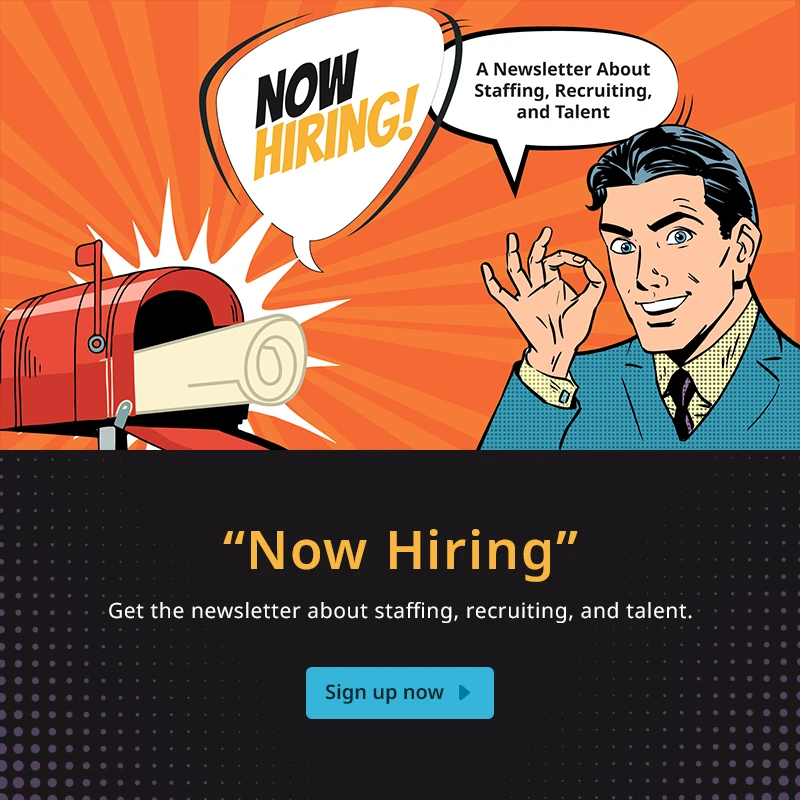Recruiting top talent is not accomplished with a snap of the fingers—it’s a process, and each step of the process is equally important. “Full life cycle recruitment” starts with posting a job and sourcing candidates and ends with placement and onboarding. Recruitment is one of the most critical business activities of any company and requires a thoughtful and highly effective strategy.
The Life Cycle Process
When was the last time you stepped back and evaluated your end-to-end recruiting process? Is your business making the most of each step of the recruitment life cycle? Here is a little refresher to help you ensure that your recruiting process is efficient and effective.

Job Description
Recruitment starts with an opportunity. It is important to craft a compelling description of that opportunity so that you find the best applicants. The hiring team establishes job requirements from a combination of internal processes or external clients, and once the job requirements are determined the recruiters and hiring managers must:
- Write interesting job descriptions (including information about the job role, qualifications, job location, career growth, company culture, perks, benefits, etc.)
- Create appealing job advertisements
A good job description can really make the difference in attracting great talent, which can simplify the rest of the recruitment process.
Job Marketing
In order to attract qualified and quality talent, take advantage of a variety of channels, including job boards such as Indeed, Monster, LinkedIn, and Naukri, as well as social media platforms such as Facebook, Instagram, etc. Paid job boards and posts enable companies to bid for job openings and rank higher than the competition. Don’t forget about other marketing opportunities like job fairs and employee referrals. These can be a great resource!
Sourcing
The job has been sent out and now the candidates flock to you, right? Well, ideally. Recruitment includes finding candidates from multiple channels and adding them into your recruitment pipeline. With an advanced ATS, recruiters can build and manage huge databases of talent and applicants.
There are multiple sources from which a recruiter can source a candidate:
- Job boards
- Referral programs
- Social media recruitment
- Talent pool
- Career sites
- Campus drives/recruitemnt fairs
- In-house recruitment
Screening & Testing
With the help of an Applicant Tracking System (ATS), recruiters can source candidates according to their skill sets, job locations, experience, and qualifications with advanced filters. The AI algorithms then create a list of candidates, who are best matched for a particular job, complete with compatibility ratings and culture fit ratings. Once there is a shortlist of candidates, they can be screened using tests. Recruiters can then review findings and share any necessary feedback with the candidates.
Interviews & Selection
Recruiters need to manage multiple interview schedules, calendar invites for all stakeholders, and feedback for candidates. At this stage, a recruiter has to make sure that all the candidates have a positive candidate experience and that there are no technical issues. Recruiters can take advantage of advanced technology to engage with candidates, schedule interviews, and even perform assessments to streamline the process. Leveraging automation during this phase of the process can enhance the candidate experience, which will have a positive impact on your company brand in the long run.
Candidate Onboarding
First impressions are important, and that is why onboarding is so critical. Most recruiters use electronic onboarding platforms to help candidates get the best experience possible without the hassle of an in-person visit. Through an e-boarding platform, recruiters can create a checklist of documents required to be submitted by the candidate. Once the candidates upload their documents and provide their digital signatures and confirmations, they’ve successfully onboarded the candidate as an employee.
Evaluate Your Recruitment Life Cycle
An efficient recruitment life cycle enables companies and staffing agencies to create positive candidate experiences, improve engagement, and increase placements. Using an ATS enables recruiters to centralize every possible process into one platform, so they can reduce the time and costs associated with hiring new candidates, while also creating long-lasting relationships. There’s always room for improvement, so take a closer look at your full recruitment life cycle to determine how you can enhance the end-to-end process and become more efficient.
Want to learn more about how Ceipal’s comprehensive suite of talent software can improve your end-to-end recruitment lifecycle? Check out our robust, AI-powered products to see how Ceipal can help drive better results!
Join the Ceipal Community! Meet us on LinkedIn to join the conversation.







